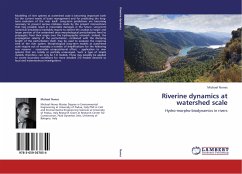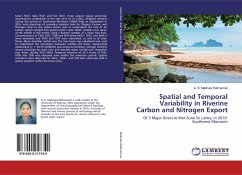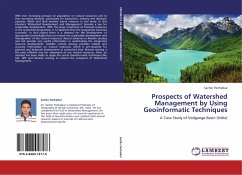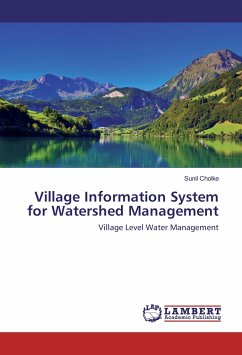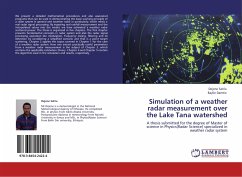Modelling of river systems at watershed scale is becoming important both for the current needs of basin management and for predicting the long-term evolution of the river itself. Long-term predictions are becoming necessary to prevent serious mistakes made by the present interventions that may possible result in irreverisble damages in the future. Long-term numerical simulations inevitably require to extend the analysis to larger and larger portion of the watershed since morphological perturbations tend to propagate from their origin over the hydrographic network. Indeed, the propagation celerity of the perturbation, combined with the damping length of the perturbation itself, may be used to evaluate the response time of the river system. Morphological long-term models at watershed scale require out of necessity a number of simplifications for the following two reasons: - reasonable computational effort; - application to river systems that are totally or partially unsurveyed. Such a type of simple models, therefore, can only be 1-D models. These may possibly be applied to create boundary conditions for more detailed 2-D models devoted to local and instantaneous investigations.
Bitte wählen Sie Ihr Anliegen aus.
Rechnungen
Retourenschein anfordern
Bestellstatus
Storno

